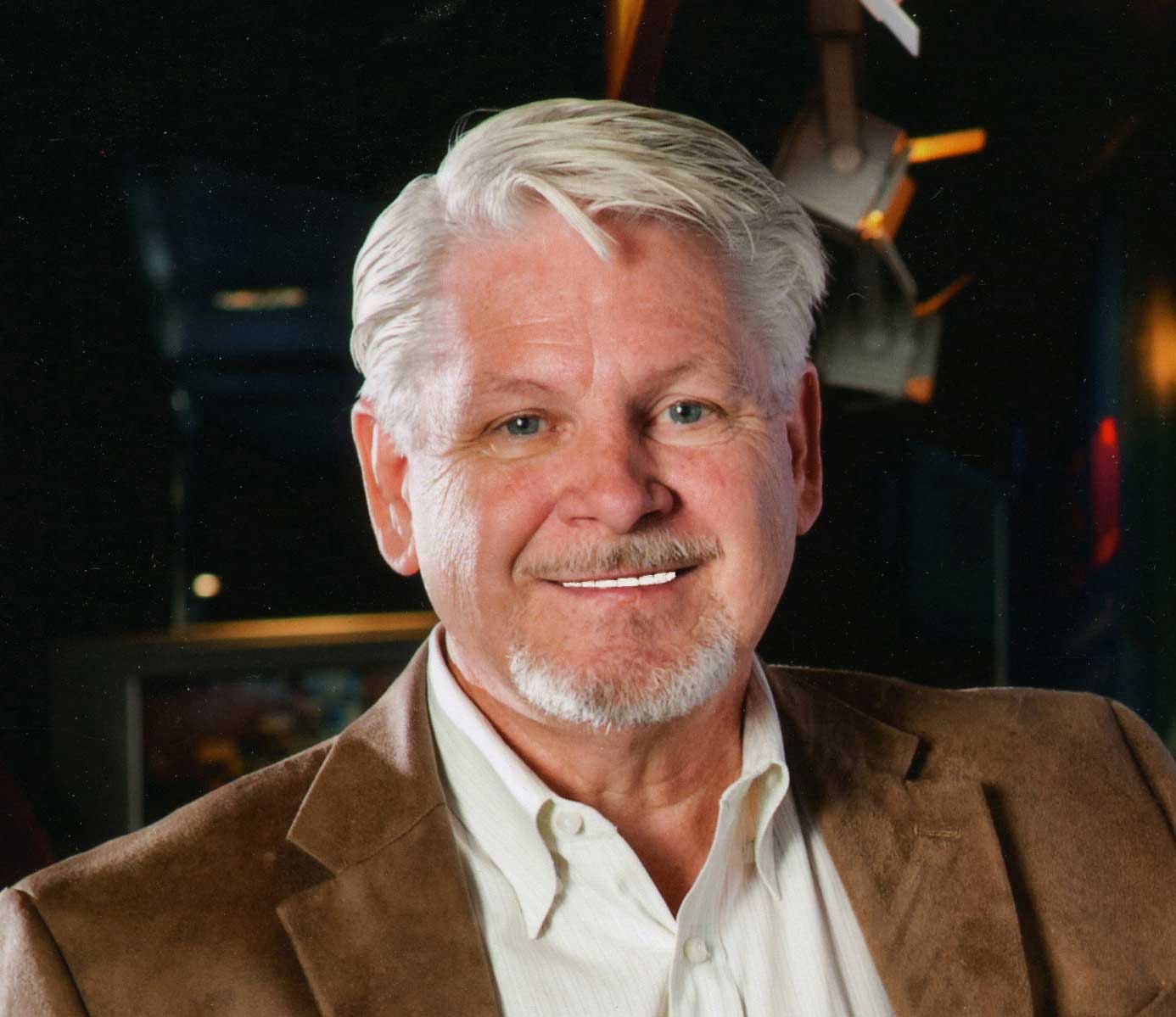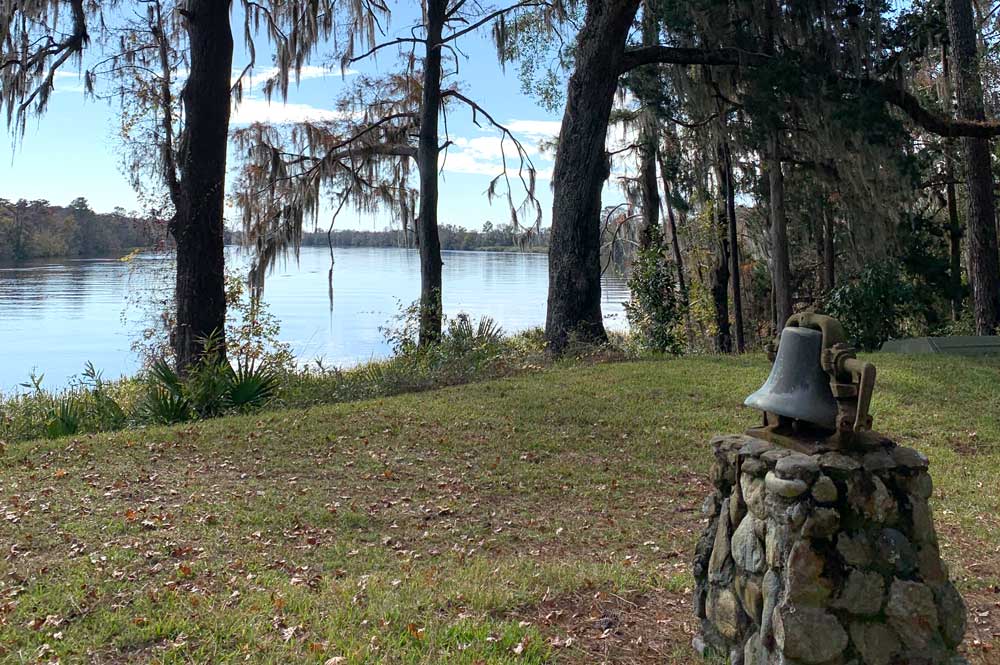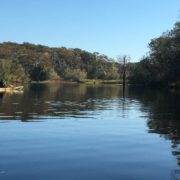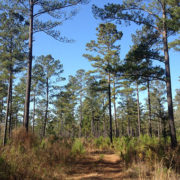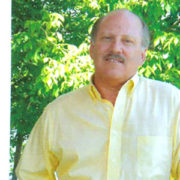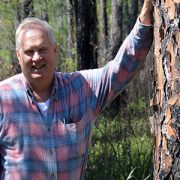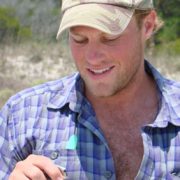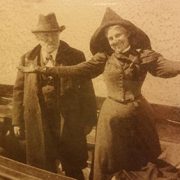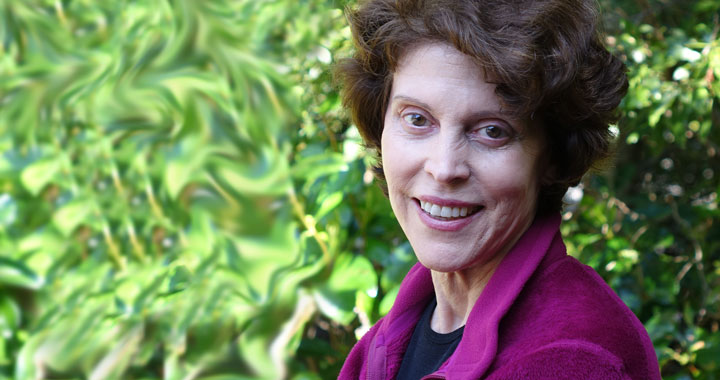Bill Dickinson: Ossabaw Island Ambassador
By Burch Barger
When Bill Dickinson visited Ossabaw Island for the first time in 2012, two things struck him: the island’s unspoiled beauty, and the relatively low bid at the annual pig roast auction that won a naturalist-guided weekend. Bill promised himself that the following year, he would bid generously, and ensure that the Ossabaw Island Foundation got the sort of support the island merited.
It was a promise Bill kept, driving the price of that weekend auction package up 20 to 25 times that 2012 bid. And it’s a price he still considers to be a bargain, given the unparalleled opportunity to experience Ossabaw’s wildlife and pristine beaches, while supporting the work of the Ossabaw Island Foundation. He loves bringing new people along with him on these weekend excursions. Friends from Chicago, New York, and San Francisco never fail to be impressed by their experience, and they go home with stories to tell.
Bill, a retired clinical psychologist and CEO of Wet Willie’s frozen daiquiri chain, was born in upstate New York and spent his formative years on a seventh generation 200-acre family farm inside Adirondack State Park. He returns every year to visit the farm and the conserved land that surrounds it – a landscape he loves. He met his wife, Joe Ann Brandt, a Savannah native, while pursuing post-doctoral studies in Alabama and followed her back to her hometown in 1981. In the following years, they have raised two daughters, pursued successful careers, and volunteered their time in the Savannah community.
After that initial 2012 visit to Ossabaw, Bill – inspired by the legacy of Sandy West – has committed $100,000 to new programs and matching grant opportunities on the island. He has a collection of over 4000 photos of Ossabaw’s wildlife and landscapes and countless memories from navigating the island over the years with naturalist John “Crawfish” Crawford. As a reminder of his special experiences on Ossabaw, Bill has even planted indigo and yaupon holly at his home on Dutch Island.
Of all the visits he has made to Ossabaw, Bill’s favorite was made recently along with his two daughters, sons-in-law, and his two-year-old grandson. Seeing the island through his grandson’s eyes – watching him study his natural surroundings and hearing his questions – made Bill ever more thankful to know that Ossabaw, through the generosity of the Torrey-West family and the ongoing support of “Ossabaw’s army” of donors, will be stewarded for more generations to come.

